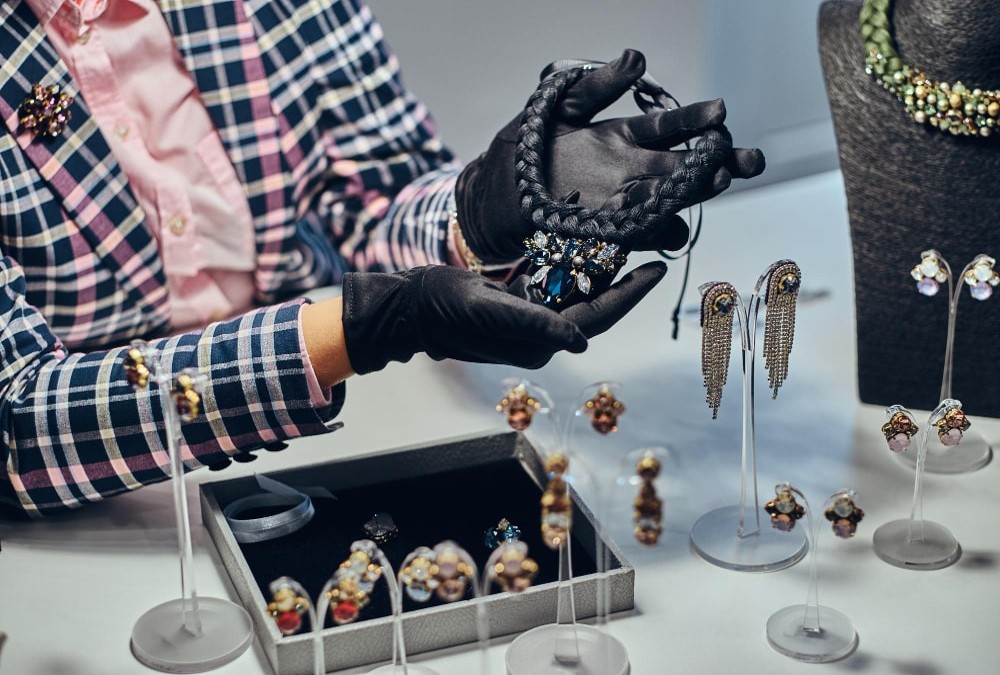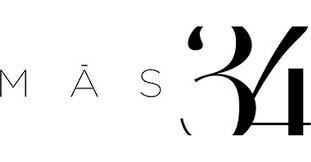Jewellery has been used for thousands of years as a form of self-expression and adornment. From simple beads to intricate diamond necklaces, jewellery has played a significant role in various cultures, communicating social status, cultural identity, and religious beliefs. However, jewellery is not just about its aesthetic appeal; it is also a symbol of deeper meanings and emotions. In this article, we will explore the symbolism and meanings of jewellery, delving into its significance throughout history and cultures.
Jewellery as Symbolic Objects
Jewellery has been used as a way of communication throughout history, conveying messages beyond its aesthetic appeal. For instance, wedding rings, which are circular in shape, are a symbol of eternal love and commitment. The wedding ring is traditionally worn on the left ring finger as it is believed that this finger has a vein that leads directly to the heart.
Similarly, talismans and amulets have been used for centuries as a way of warding off evil spirits and bringing good luck. In ancient Egypt, amulets were frequently worn as protection against illness and injury. These amulets took many forms, including scarabs, the Eye of Horus, and the ankh, each with its own symbolic significance.
The meanings attached to jewellery have evolved over time, reflecting changes in culture and society. For instance, in Victorian times, mourning jewellery was popular, with pieces made from black jet or onyx, symbolizing grief and loss. However, today, the wearing of mourning jewellery is much less common.
Common Symbolic Motifs in Jewellery
Certain motifs are commonly used in jewellery, with each having its own symbolic meaning. For instance, the evil eye is a popular motif in jewellery. It believes to protect the wearer from negative energies and ill will. In the Middle East and parts of Asia, it is common to wear a blue or green amulet with an eye design. It symbolizes the all-seeing eye of God.
The Tree of life is another popular motif in jewellery, representing the connection between all living things. The Tree of Life, which represents the circle of life and the interconnectedness of all things, is frequently pictured with roots that extend far into the earth and branches that reach upward.
The lotus flower is also a popular motif in jewellery, especially in Asian cultures. The lotus flower is a symbol of purity and enlightenment, representing the journey towards spiritual awakening. In Buddhism, the lotus flower is often depicted as emerging from muddy waters, representing the journey towards enlightenment emerging from the muck of suffering.
Birthstones and Their Meanings
Birthstones are gemstones that are associated with each month of the year, with each birthstone having its own unique meanings and properties. Birthstones have been used in jewellery for centuries, with some cultures believing that wearing a birthstone can bring good luck and protection.
For instance, January’s birthstone is garnet, a deep red gemstone that is associated with love, friendship, and trust. February’s birthstone is amethyst, a purple gemstone that represents clarity of mind and protection. March’s birthstone is aquamarine, a pale blue gemstone that symbolises calmness, tranquillity, and harmony.
Personal Meanings Attached to Jewellery
Beyond their cultural and historical meanings, jewellery also holds personal significance for many people. For instance, a grandmother’s necklace might be a cherished family heirloom. It may pass down through generations, representing the love and bond between family members. A simple pendant might be a reminder of a significant life event. Such as a graduation or a wedding, symbolizing personal achievements and milestones.
Jewellery can also represent emotions and feelings. A pendant in the shape of a heart may indicate love, while a locket containing a photo of a loved one may stand for the memory and connection to that person.
A piece of jewellery gifted by a special someone might hold sentimental value, representing the love and bond between the giver and the receiver.
Conclusion
In conclusion, jewellery is much more than just a form of adornment. It is a symbol of deeper meanings and emotions, conveying messages of love, commitment, cultural identity, and personal significance. Jewellery has been a vital part of human history, representing societal and cultural shifts over time.
The symbolism and meanings of jewellery continue to evolve, reflecting the values and beliefs of each individual wearer. Take a moment to think about the significance and meaning of a piece of jewellery before wearing it the next time. It’s possible that you’ll make a deeper connection to your past, your culture, and your own life experience.




